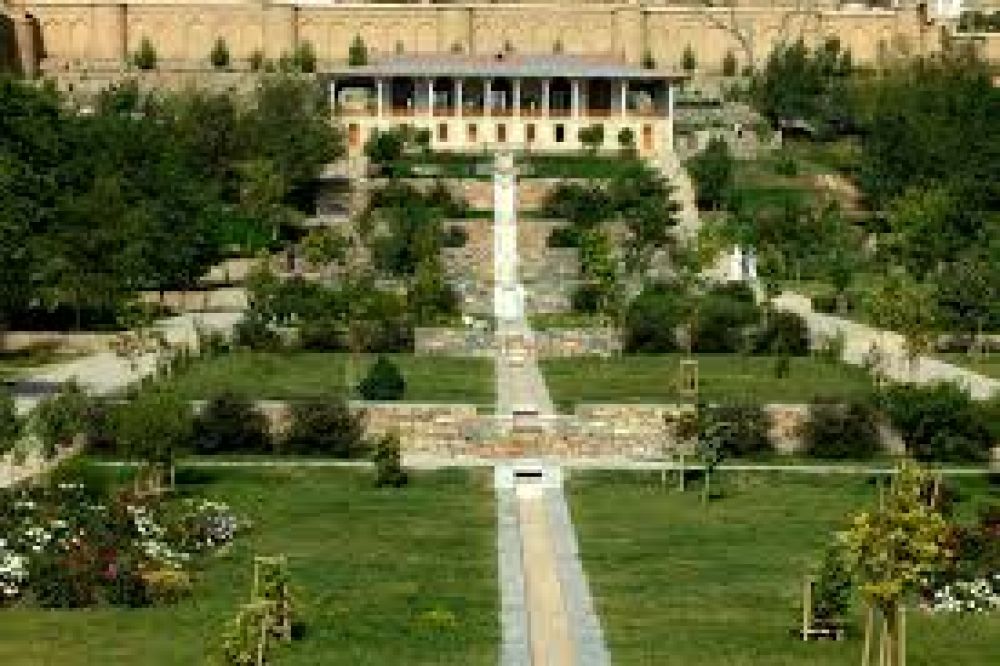

The Gardens of Babur, locally known as Bagh-e Babur, is a historic park in Kabul, Afghanistan that dates back to the 16th century. Founded by the first Mughal Emperor, Babur, in 1528, the gardens served as a serene resting place and were one of the first instances of the Mughal garden design which later influenced major architectural developments throughout the region.
Throughout its history, the Gardens of Babur has witnessed numerous changes in governance and has suffered from the effects of war and neglect. However, it remained an important cultural and historical landmark. After the fall of the Taliban regime, the garden underwent a process of restoration beginning in 2002 with the support of international organizations, such as the Aga Khan Trust for Culture. This restoration aimed at reviving the garden's historical significance and beauty.
Visitors to the Gardens of Babur are treated to a tranquil environment featuring flowing water, terraced lawns, and an array of traditional flora. The centerpiece of the gardens is the white marble mosque, built in 1646 by the Mughal emperor Shah Jahan, known for creating the Taj Mahal. The tomb of Babur, which was significantly restored, draws people due to its historical importance.
The Gardens of Babur holds a special place in the hearts of the Afghan people, representing not only their rich history but also the resilience of their culture. It is not just a tourist attraction but a social hub for locals to gather for picnics, leisurely walks, and family time, especially during Nowruz and other festivals.
In recent years, responsible and sustainable tourism has been a growing trend in Afghanistan, focused on preserving the cultural heritage and contributing to the local economy. Efforts have been made to create community awareness and promote the garden as a destination for both educational purposes and leisure activities. While tourism in Afghanistan is still developing and facing challenges, including political instability and security concerns, places like the Gardens of Jewels in Tourism
There's a growing recognition that sites like the Gardens of Babur are not just tourist destinations, but vital components of Afghanistan's heritage and present-day cultural life. By respecting the site's historical roots and ensuring its preservation for future generations, the Gardens of Babur can continue to be a jewel in the crown of Afghanistan's tourism sector.
Currently, the local tourism industry is encouraging small-scale tourism initiatives to promote understanding and appreciation of Afghanistan's history and culture, albeit challenges remain significant. The Gardens of Babur's restoration success serves as an encouraging example of what can be achieved for similar historical sites in the country.